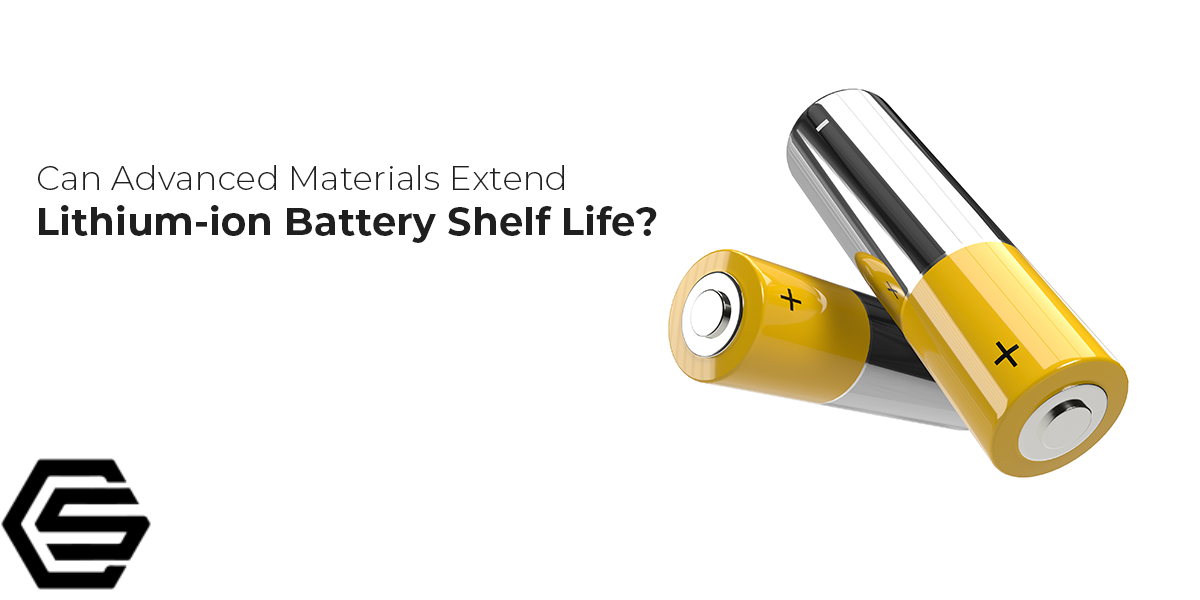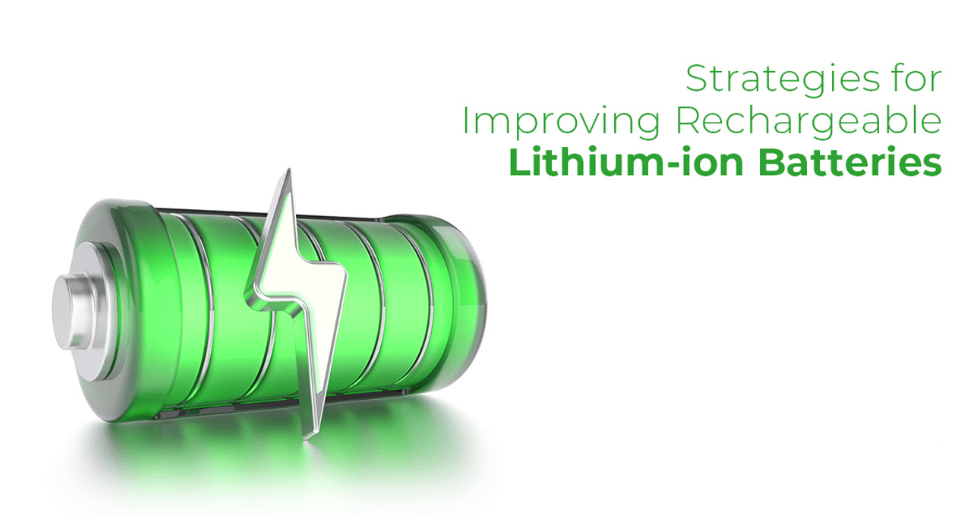What is the Shelf Life of a Battery?
The longevity of a battery's shelf life varies significantly across different types of energy storage technologies, primarily influenced by their chemical composition and manufacturing processes. Among the various types, primary batteries, specifically non-rechargeable lithium batteries, exhibit the longest shelf life, typically ranging between 10 to 12 years under standard room temperature conditions. In certain instances, these batteries have been reported to last up to 20 years, a testament to advancements in battery technology and chemical engineering.
Secondary batteries, or rechargeable lithium batteries, demonstrate a different operational lifespan due to their distinct chemical formulations. These batteries are designed to endure between 600 to 1,000 charge-discharge cycles, catering to the needs of most consumer electronic products. The shelf life of rechargeable lithium batteries, however, is more variable, generally spanning from two to four years. This variance is attributed to the specific chemistry of the battery and the conditions under which it is stored and managed.
Factors Influencing Lithium-Ion Battery Shelf Life
Chemical Degradation
The performance of lithium-ion batteries deteriorates primarily due to chemical reactions occurring within the cells. Over time, these reactions can lead to a loss of active materials and the formation of resistive layers on the electrodes, impeding the flow of ions. Factors such as the battery's charge state, operating temperature, and the intensity of charge-discharge cycles play a critical role in the rate of chemical degradation.
Physical Wear
Physical factors also contribute to battery wear. The repeated charging and discharging cycles cause the electrodes to expand and contract, leading to mechanical stress and eventual breakdown of the battery's internal structure. This process can be exacerbated by high temperatures and improper charging practices.
Environmental Conditions
Environmental conditions, including ambient temperature, humidity, and exposure to corrosive elements, can accelerate the degradation of lithium-ion batteries. High temperatures, in particular, can increase the rate of chemical reactions within the battery, while extreme cold can reduce its efficiency and capacity.
Extending Battery Shelf Life Through Advanced Materials
High-Capacity Electrode Materials
Researchers are exploring high-capacity electrode materials, such as silicon for anodes and lithium-rich compounds for cathodes, to improve battery capacity and longevity. These materials can store more energy, potentially reducing the rate of degradation by requiring fewer charge-discharge cycles for the same amount of energy storage.
Solid-State Electrolytes
Solid-state electrolytes represent a significant innovation in battery technology, offering improved safety and potentially longer lifespans compared to liquid electrolytes. These materials can reduce the risk of leakage and thermal runaway, while also potentially enhancing the battery's energy density and cycle life.
Do you want to read our blog post about solid state silicon batteries features and applications? Read now.
Nanotechnology
The application of nanotechnology in lithium-ion batteries can improve the interface between the electrode and electrolyte, enhancing ion transport and reducing internal resistance. Nanoscale materials can also help accommodate the physical stress of cycling, mitigating mechanical degradation.
Protective Coatings
Applying protective coatings to electrode materials can safeguard against chemical reactions that lead to degradation. These coatings can help maintain the integrity of the electrode surfaces, ensuring consistent performance over a longer period.
Can we shorten the charging time of batteries and increase their lifetime? Learn now.
Future Directions in Battery Technology
Lithium-Sulfur Batteries
Lithium-sulfur (Li-S) batteries offer a promising alternative with potentially higher energy densities and lower material costs than lithium-ion batteries. However, challenges such as short cycle life and polysulfide shuttle effects need to be overcome to make Li-S batteries viable for widespread use.
Recycling and Sustainability
As the demand for lithium-ion batteries grows, so does the need for effective recycling methods to recover valuable materials and reduce environmental impact. Advances in recycling technology and the development of more sustainable manufacturing processes are critical for the long-term viability of battery technology.




















